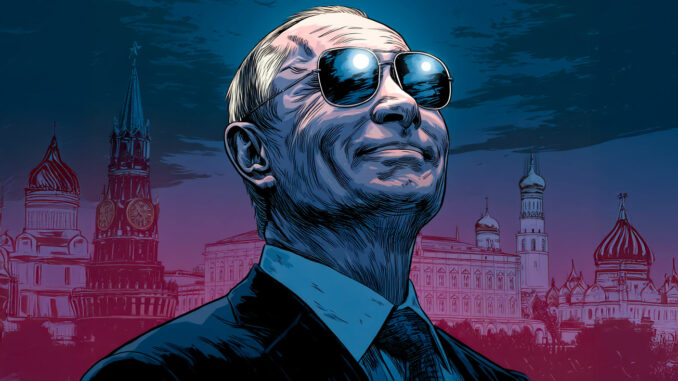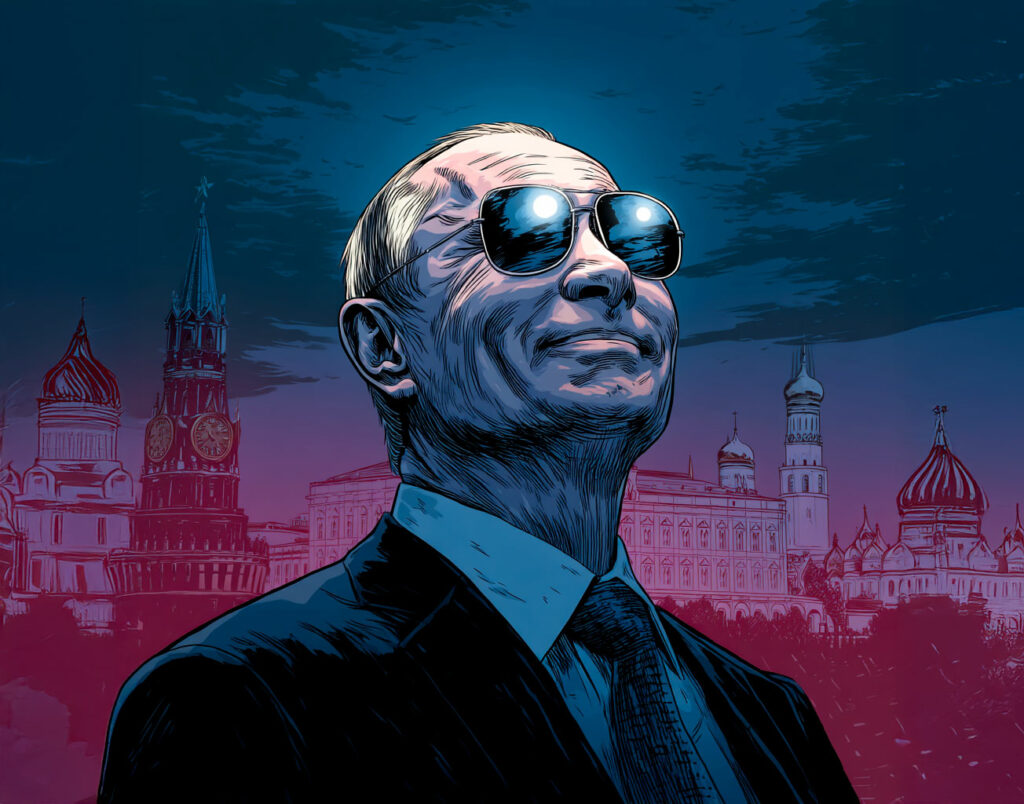
Despite Western sanctions, Russia is maintaining its war economy by circumventing restrictions through alternative supply networks.
Since 2014, Russia has faced increasing economic sanctions, which were intensified after the invasion of Ukraine in 2022. These measures aim to limit Moscow’s access to key technologies, including industrial equipment and dual-use components. Despite this, Russia has managed to maintain its production capabilities, particularly in the military sector, by relying on parallel supply networks, third countries, and sophisticated avoidance strategies. At the same time, the Russian economy is experiencing internal pressures, including a shortage of skilled labor, exacerbated by military mobilization and emigration.
Sanctions on dual-use goods and their circumvention
Western sanctions specifically target dual-use goods, i.e., products that can be used for both civilian and military purposes. This includes essential components such as engines, lithium-ion batteries, precision tools, and chemicals needed to manufacture missiles. The aim is to hamper Russia’s ability to produce sophisticated weapons.
However, Russia has developed strategies to circumvent these restrictions. It relies on third countries, such as China, India, Turkey, and Vietnam, to indirectly acquire these components. For example, Indian companies such as Sharpline Automation and Shaurya Aeronautics have been identified as exporting machine tools and sensitive technologies to Russia. In addition, companies such as Dalkos Co Ltd orchestrate transnational schemes to route prohibited equipment through intermediary countries.
These practices increase costs and supply times for Russia, but allow it to maintain continuous military production. They also highlight the challenges for Western countries in strengthening the effectiveness of sanctions and monitoring global trade flows.
Strategies for circumventing oil sanctions
The energy sector, a pillar of the Russian economy, is also targeted by sanctions, notably through an oil price cap imposed by the G7. To circumvent these measures, Russia has set up a ghost fleet of ships operating under flags of convenience, such as those of Liberia and Gabon, and using techniques such as cargo transfers at sea to conceal the origin of the oil.
Countries such as China and India continue to buy Russian oil at reduced prices, accounting for approximately 40% and 10% of Russian exports in 2023, respectively. These transactions allow Russia to maintain its oil revenues, albeit with reduced profit margins. In addition, companies based in the United Arab Emirates play a key role in the trade of Russian oil, facilitating its export to third markets.
These avoidance mechanisms complicate the task of Western authorities in enforcing sanctions and require enhanced international cooperation to identify and sanction the entities involved.

Economic impact of sanctions on Russia and Ukraine
The sanctions have had a significant economic impact on Russia. According to World Bank data, Russia’s GDP fell from $1.843 trillion in 2021 to $2.021 trillion in 2023, with growth of 4.1% in 2024. However, this growth is mainly driven by the military sector, while civilian sectors are stagnating.
In Ukraine, the economy contracted by nearly 30% in 2022 due to the invasion, but showed signs of recovery with 5% growth in 2023. This resilience is supported by substantial international aid, including EU commitments of over $31.5 billion in 2022 and 2023, and pledges of $4.2 billion in 2025.
A comparison of the two countries’ economic trajectories highlights the differentiated impact of sanctions and international aid, with Russia facing a war economy under pressure and Ukraine benefiting from external support for its reconstruction.
Skilled labor shortage in Russia
The war in Ukraine has exacerbated the labor shortage in Russia. Approximately one million workers are missing, due to human losses, military mobilization, and emigration. This situation particularly affects sectors requiring technical skills, such as industry and healthcare.
To address this shortage, the Russian government has introduced incentives, including bonuses for students in technical fields and compulsory service for medical graduates, who will be required to repay up to three times the cost of their education. Despite these efforts, the lack of skilled personnel is hampering Russia’s ability to maintain sustained industrial production.
This shortage of skilled labor poses a major challenge for the Russian economy, limiting its ability to meet the needs of the war and maintain its industrial competitiveness.
Outlook and implications
Russia’s ability to circumvent international sanctions highlights the limitations of such measures when they are not accompanied by enhanced international monitoring and cooperation. Parallel supply networks, third countries, and sophisticated avoidance strategies allow Moscow to sustain its war effort, despite rising economic costs.
However, this apparent resilience masks structural vulnerabilities, including increased dependence on certain partners, a strained war economy, and a shortage of skilled labor. In the long term, these factors could limit Russia’s ability to sustain a prolonged conflict and maintain its position on the international stage.
War Wings Daily is an independant magazine.